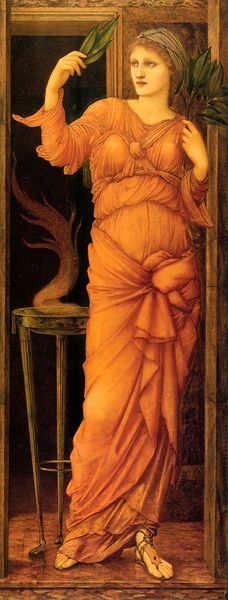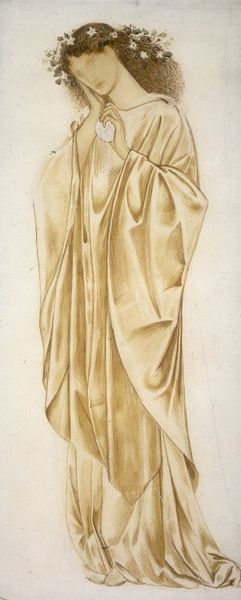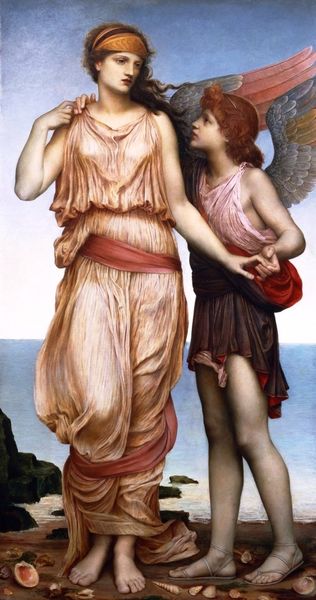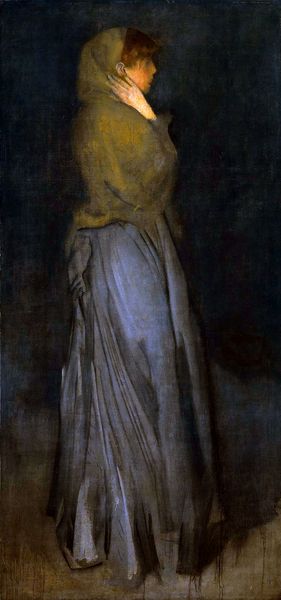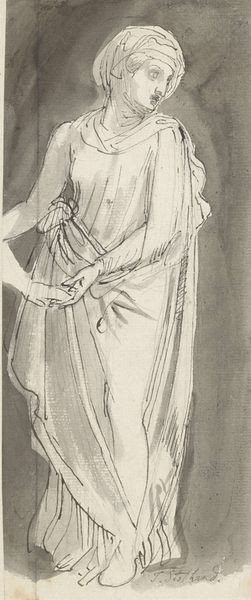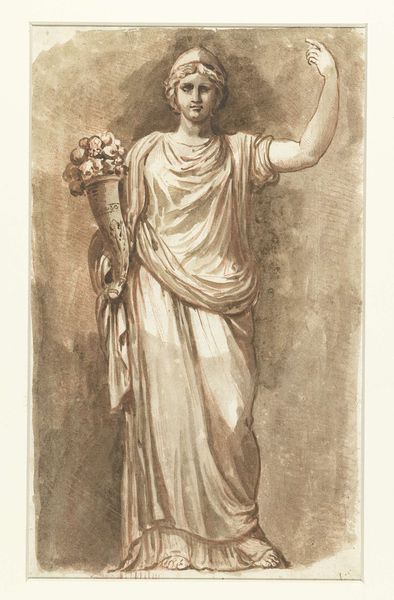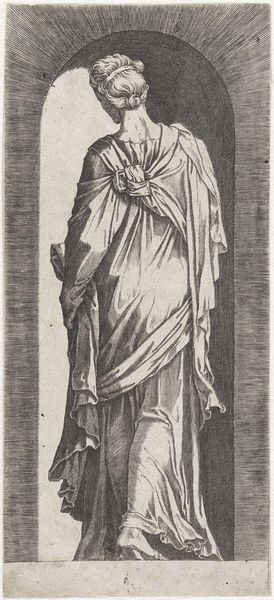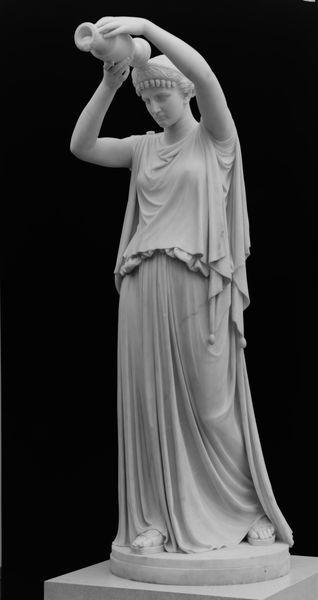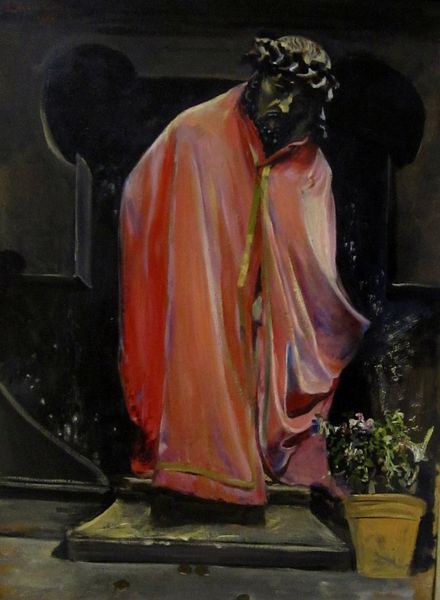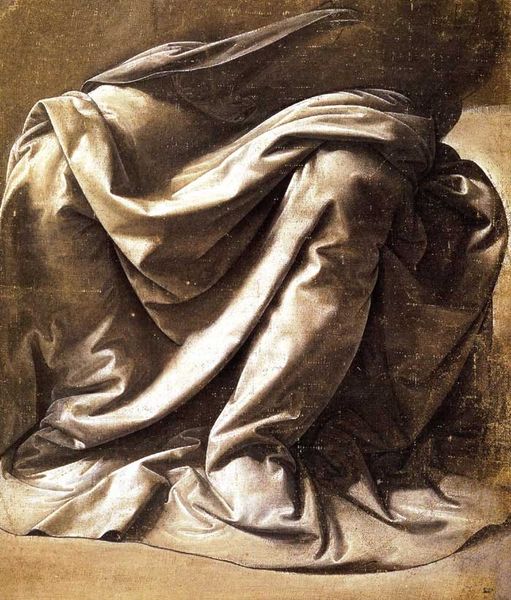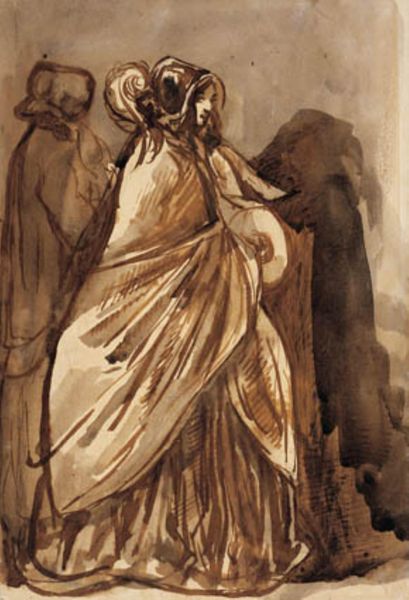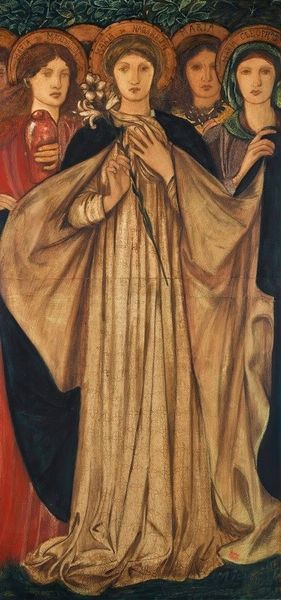
Copyright: Public Domain: Artvee
Anselm Feuerbach painted "Orpheus and Eurydice" in the late 19th century, a time when artists were grappling with how to represent classical myths in a modern world. The painting depicts the tragic moment when Orpheus leads his wife Eurydice out of the underworld, but fails to resist the urge to look back, condemning her to remain there forever. Feuerbach was German and, in his time, a strong academic tradition shaped artistic production. Many artists looked to the art of classical antiquity for inspiration. Here, the figures are draped in classical robes, but their emotional intensity reflects the Romantic movement's focus on individual feeling. By rendering this mythic scene with such human vulnerability, Feuerbach comments on the timeless nature of love and loss. To understand this work better, we can consult classical literature, such as Ovid's "Metamorphoses," and study the art criticism of Feuerbach's time, paying attention to the social conditions of the German art world and the institutional forces that shaped its values. These resources help us interpret this painting not just as a personal expression, but as a product of its cultural and historical moment.
Comments
No comments
Be the first to comment and join the conversation on the ultimate creative platform.
